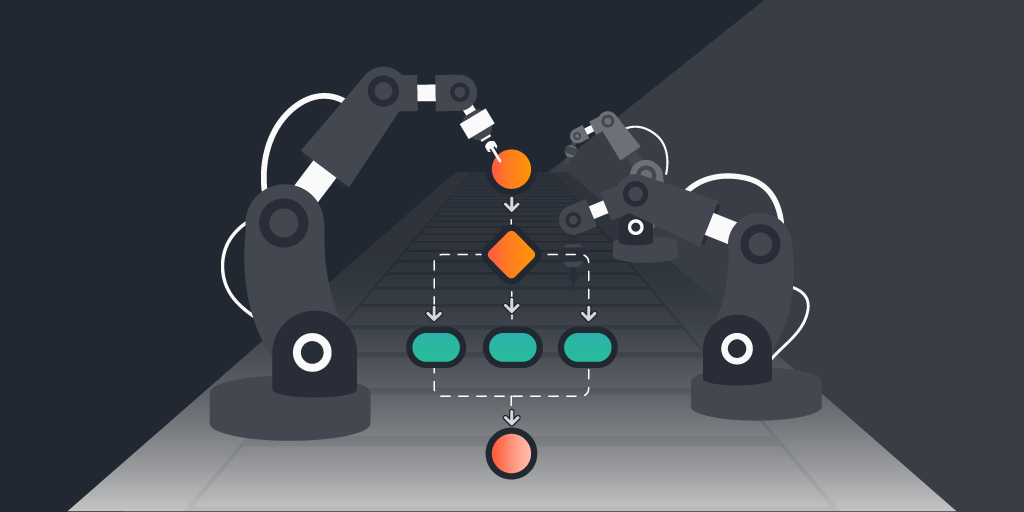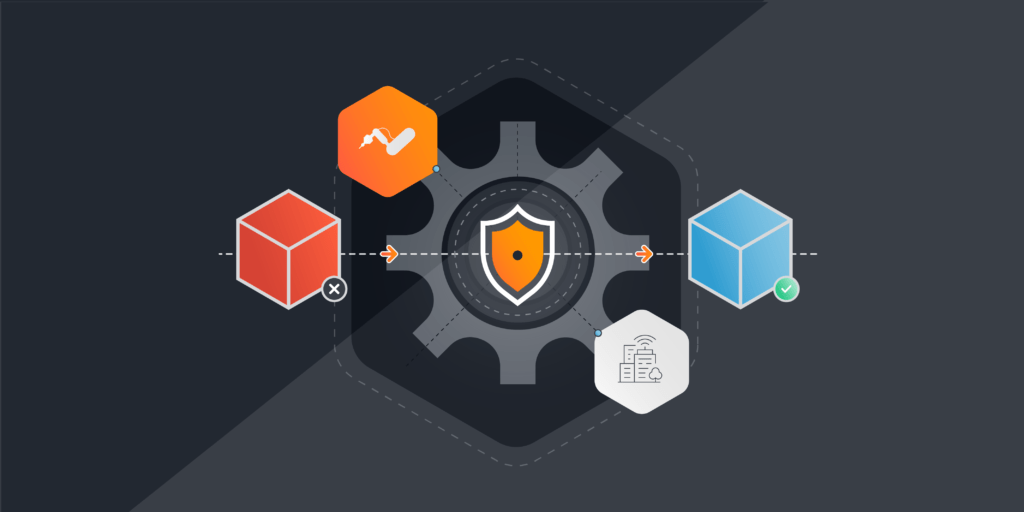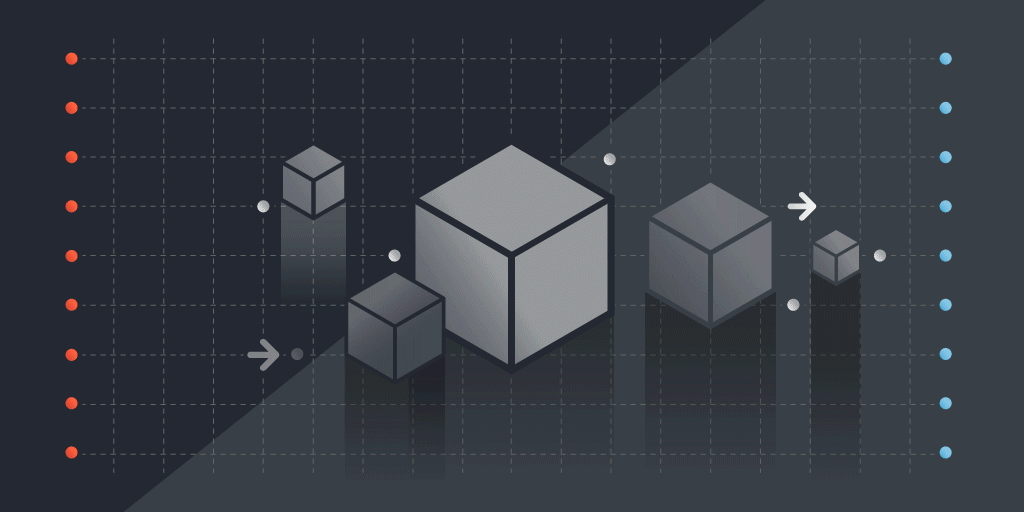
Operational Technology (OT) is used in industrial and infrastructure settings. It consists of all the hardware and software used to monitor and control physical processes and devices. Unlike Information Technology (IT), OT primarily deals with managing and controlling physical assets rather than data processing, communication or information management. OT is commonly found in industries such as manufacturing, energy, utilities, transportation and critical infrastructure like water treatment plants and power grids.
The convergence of OT and IT, often referred to as the “Industrial Internet of Things” (IIoT) or Industry 4.0, has led to increased connectivity and data integration between operational and information technology systems, enabling more advanced monitoring, control and optimization of industrial processes. According to Virtue Market REsearch, the market for OT is expected to grow at a CAGR of 14.3% between 2022 and 2030 to reach $280.66 billion.
This is made possible by developments like machine-to-machine communication and the arrival of highly advanced IoT sensors and actuators that can be installed on real-world equipment. To send the pertinent data from each physical system back to a central server for monitoring and analysis, these devices can use the wireless connections through established networking protocols. The outcomes of that analysis can then be fed back into the physical system, enabling more autonomous operation, improving accuracy, assisting with maintenance, and increasing uptime.
This convergence enables organizations to streamline operations, improve efficiency, enhance decision-making and unlock new opportunities. However it also presents challenges related to cybersecurity, data privacy and organizational culture. Organizations must carefully plan and implement integration strategies to address these challenges effectively and realize the full potential of IT/OT convergence.
Let’s take a deeper dive into 5 of the key benefits of OT and IT integration.
1) Improved Operational Efficiency
An integrated IT and OT architecture streamlines processes and workflows by unifying data from industrial equipment and business systems, enabling organizations to monitor operations in real time, predict maintenance needs and automate tasks based on specific conditions. What’s more, it fosters collaboration across departments, simplifying decision-making and ensuring compliance with regulatory requirements.
Integrating IT and OT systems allows for better coordination of resources such as manpower, energy and materials, as well. Data-driven insights help organizations allocate resources efficiently and minimize waste, leading to higher productivity across the organization.
2) Real-time Data Analysis and Streamlined Decision-Making
With comprehensive insights into operational performance and trends, organizations can make data-driven decisions quickly. Automated alerts and the ability to analyze historical data means they have all the information they need to make the best-possible decision – whether the task at hand is repairing or replacing a system, updating a workflow or reallocating resources.
By integrating OT and IT, organizations eliminate silos and facilitate more effective cross-functional collaboration, which helps to streamline workflows and improve productivity. Decisions are well-informed, timely and aligned with organizational goals, ultimately helping organizations operate more efficiently and gain competitive advantage.
3) Reduced Downtime and Improved Maintenance
IT/OT integration provides a holistic view of an organization’s operations by bringing together data from both IT and OT systems .Organizations benefit from a unified platform for collecting, processing and analyzing data from all technology assets and the ability to monitor their performance in real time. This enables them to perform predictive and proactive maintenance, to minimize the risk of unexpected failures and downtime, and extend the lifespan of operational devices.
With up-to-date OT and IT data at their fingertips, teams can detect issues early. They can leverage historical data to identify patterns of equipment failures or degradation, and use these insights to inform maintenance strategies. This proactive approach helps address issues before they lead to equipment failure, minimizing unscheduled downtime.
For example, when deviations from normal operating conditions are detected, automated alerts can be triggered, prompting maintenance teams to take preemptive action. This ensures that maintenance is performed on the right equipment at the right time, reducing downtime caused by unnecessary servicing. Organizations can also manage spare parts and inventory more effectively through IT/OT integration, to help ensure that necessary components are readily available, reducing maintenance delays.
IT/OT integration often provides for remote monitoring and diagnostics capabilities. Maintenance teams can assess equipment status and troubleshoot issues remotely, reducing the need for costly, time-consuming on-site visits.
4) Increased Collaboration between Teams
Integrating OT and IT fosters collaboration between teams within an organization in several ways. Sharing data provides a common understanding of operations and allows teams to work with accurate and up-to-date information. When issues arise, integrated systems facilitate joint problem-solving efforts, where IT and OT teams can work together to diagnose and address complex challenges and find resolutions faster.
Integration aligns IT and OT goals with the broader organizational objectives. It may even encourage the formation of cross-functional teams that include members from both IT and OT departments, who can collaborate on projects, problem-solving and decision-making. Both teams understand how their work contributes to overall success, promoting a shared sense of purpose.
Integrated OT and IT systems help to streamline workflows by automating processes and reducing manual handoffs, simplifying collaboration by ensuring that tasks move seamlessly between teams. What’s more, IT/OT integration encourages the development of a common language and terminology, reducing miscommunications.
Addressing Cybersecurity Considerations
While the convergence of IT and OT offer numerous important benefits, there are also unique cybersecurity challenges, since it’s easier for bad actors to infiltrate the corporate network. Here’s why:
- Legacy systems: Many OT systems rely on legacy technology with limited or no built-in security features. Integrating these systems with modern IT infrastructure can expose vulnerabilities that may be difficult to address.
- Risk of Disruption: OT environments are often mission-critical, and any disruption can have severe consequences. Ensuring the integration process doesn’t inadvertently disrupt operational processes while strengthening security is a delicate balance.
- Differing Security Priorities: IT and OT have historically had different security priorities – IT focuses on data protection and confidentiality, while OT emphasizes safety and reliability. Bridging these priorities in a unified security strategy is challenging.
- Complexity: The convergence of IT and OT environments results in increased complexity, making it harder to monitor, manage and secure all interconnected systems effectively. Processing power and memory required for modern security solutions, making it challenging to implement robust cybersecurity measures without impacting performance.
- Visibility: Gaining complete visibility into both IT and OT networks is essential for effective cybersecurity. Gaps in visibility can leave blind spots that attackers can exploit.
- Supply Chain Vulnerabilities: Integrating IT and OT environments can expose organizations to supply chain vulnerabilities. Malicious actors may target third-party suppliers or components that are part of the integrated system.
- Regulatory Compliance: Many industries have specific regulatory requirements for both IT and OT. Ensuring compliance across integrated systems can be complex and time-consuming.
- Patch Management: Applying patches and updates to OT systems can be challenging due to concerns about system stability and reliability. Delaying patches can leave vulnerabilities unaddressed.
To address these challenges, organizations must adopt a holistic and collaborative approach to cybersecurity. This includes conducting comprehensive risk assessments, implementing security best practices, fostering a culture of cybersecurity awareness, and leveraging specialized security solutions designed for OT environments. Coordination between IT and OT teams is essential to create a unified security posture that balances safety, reliability and data protection.
OT and IT integration in Lansweeper
The first step into protecting your technology assets – whether IT or OT – is knowing what you have. Visibility is critical, as is access to granular data about all of the devices and systems that connect to the corporate network.
Leveraging proprietary discovery capabilities, Lansweeper for OT enables organizations to detect and identify all OT devices and systems – sensors, actuators, programmable logic controllers (PLCs), flow meters, card scanners, security cameras and other equipment – that are traditionally managed separately from IT assets. The solution delivers detailed information about each device, including manufacturer, model, serial number, firmware versions and more, enabling teams to reap all the benefits of OT and IT integration.
Get Started with OT and IT Integration Today
In today’s rapidly evolving technological landscape, the integration of OT and IT systems holds immense transformative potential for organizations across various industries. From enhancing operational efficiency to bolstering cybersecurity, this convergence is the key to staying competitive in a digital world.
Lansweeper, with its comprehensive network management and asset discovery capabilities, emerges as a valuable ally in this journey. By providing real-time insights, centralized control and seamless coordination between IT and OT environments, Lansweeper empowers organizations to harness the full potential of integration, paving the way for a more agile, efficient, and secure future.
Learn more about Lansweeper for OT, or start a free trial today.


